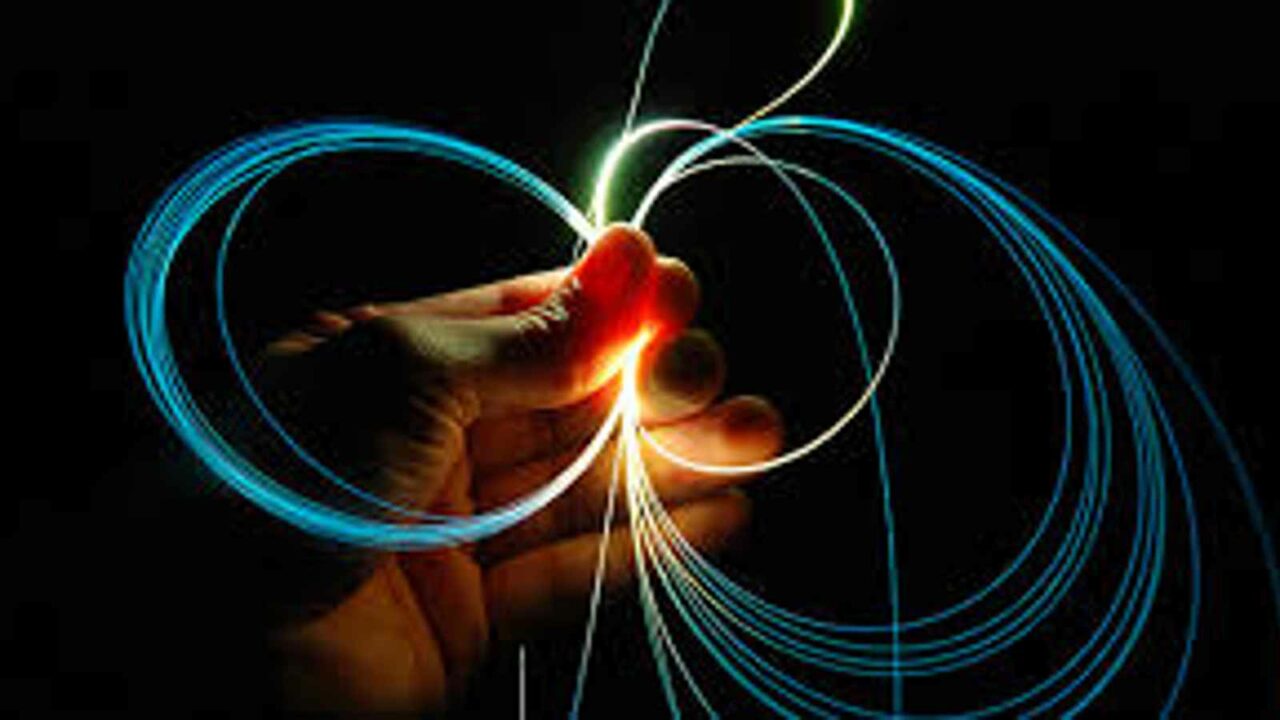International Day of Light 2023: International Day of Light is observed annually on May 16 to recognise the contribution of light and light-based technologies to various disciplines and aspects of life, such as arts and culture, education, medicine, communications, science, and sustainable development. Did you know that Humphrey Davy created the first electric lamp in 1802? International Day of Light commemorates the 1960 anniversary of the first effective laser operation by physicist and engineer Theodore Maiman. The United Nations observes the day, which is administered by the International Basic Science Programme (I.B.S.P.) of UNESCO. The International Day of Light is observed globally through events and forums organised by both members and non-members of the scientific community.
HISTORY OF INTERNATIONAL DAY OF LIGHT
Humans have used a variety of materials to produce light since antiquity, including hollow rock, shells, timber soaked in animal fat and oil lamps, candles and gas. The invention of the electric light bulb marked the beginning of the modern history of light. The light bulb was invented prior to Thomas Edison’s patent, contrary to conventional belief. Edison only made it feasible to manufacture the light bulb commercially. By coupling voltaic piles to charcoal electrodes, Humphrey Davy created the electric arc lamp, an early predecessor to the incandescent electric bulb, in 1802. However, the arc lamp was impractical as a source of illumination because it was too bright for domestic or commercial use and it burnt out rapidly. This discovery led to the creation of the miner’s safety lamp in 1815 and street illumination in several European cities, including Paris, during the nineteenth century.
Joseph Swan solved one of the issues that electric lamp inventors have faced over the years in 1850: the filament’s cost-effectiveness. Instead of using platinum filaments, Swan utilised inexpensive carbonised paper filaments. In 1878, he received a British patent for his electric lamp and demonstrated it at a lecture in Newcastle, England. Like Davy’s arc lamp, Swan’s invention was impracticable for everyday use due to the inefficiency of its vacuum pumps.
Edison introduced his light bulb:
Edison made modifications and introduced his light bulb in December 1879 after discovering the defect in Swan’s electric lamp. Swan imitated these modifications and founded an electrical lighting company in England. Edison’s patent infringement suit against Swan was unsuccessful.
Edison and Swan later established Edison-Swan United, which grew to become the largest light bulb manufacturer in the world. Nick Holonyak, a General Electric employee, inadvertently invented the red LED light and patented it for use in light fixtures in the early 1960s. Issei Akasaki, Hiroshi Amano, and Shuji Nakamura, Japanese and American scientists, invented the blue LED in the early 1990s and were awarded the 2014 Nobel Prize in Physics for it.
As a consequence, scientists were able to create white LEDs. Lighting is becoming more advanced and sophisticated, with the ability to wirelessly illuminate residences and streets using smartphones and voice commands from artificial intelligence. Additionally, incandescent light bulbs are being replaced by halogen, LED, and OLED alternatives.
Activities associated with the International Day of Light
Sign the pledge to ‘Trust Science’
The ‘Trust Science’ pledge is a commitment to adhere to scientific guidance when making important decisions. Sign this declaration of confidence in science at trust-science.org and encourage your acquaintances to do the same.
Attend a celebration of International Day of Light
On International Day of Light, numerous organisations and scientific communities around the globe host forums, fairs, and other commemorative events. You can search UNESCO’s website, Google, or social media for local organisations.
View films about illumination
Numerous films and documentaries have been made about the invention of the light bulb and electricity. “The Current War,” starring Benedict Cumberbatch, is one of the most renowned films. Utilise your preferred streaming service.
National Safety Dose Day 2023: Date, History, Significance and Facts
5 FASCINATING FACTS ABOUT LIGHT
The velocity of light
The speed of light in a vacuum is approximately 186,282,4 miles per second, while it is slowed by the atmosphere.
Humans do shimmer
As with many other living objects, we are bioluminescent, but the light we emit is too weak for our eyes to detect.
There must be illumination.
After the Big Bang, it took nearly 500,000 years for light to reach Earth.
Light is an electromagnetic wave
The amplitude, wavelength, frequency, and wave velocity of light.
Between the Sun and the Earth
It takes eight minutes and seventeen seconds for light to travel from the surface of the Sun to the surface of the Earth.
WHY WE LOVE INTERNATIONAL DAY OF LIGHT
Light is essential for existence.
Light is one of the primary reasons why life on Earth is thriving. Plants develop and produce food with the help of light. All activities performed by living organisms require the energy provided by light. It is also essential for the production of oxygen and vitamin D, which are required by all living things.
Illumination is crucial for sustainability
Light is an essential source of renewable energy that humans can utilise to avert a climate catastrophe. The sun’s radiation is environmentally friendly, renewable, and has no negative impact on the environment.
Light enhances medical care.
In healthcare, light-based technologies are used for analysis, imaging, sterilisation, genome sequencing, and the destruction of malignant cells, among other applications. These technologies have facilitated the detection and treatment of maladies, the management of global pandemics, and the improvement of healthcare for all.
INTERNATIONAL DAY OF LIGHT DATES
| Year | Date | Day |
|---|---|---|
| 2023 | May 16 | Tuesday |
| 2024 | May 16 | Thursday |
| 2025 | May 16 | Friday |
| 2026 | May 16 | Saturday |
| 2027 | May 16 | Sunday |


















